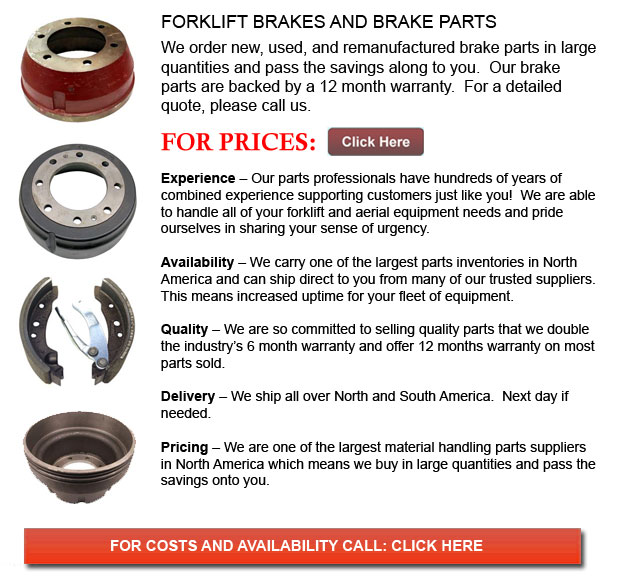
Forklift Brakes - A brake in which the friction is provided by a set of brake pads or brake shoes which press against a rotating drum shaped unit referred to as a brake drum. There are several particular differences between brake drum types. A "brake drum" is normally the explanation provided if shoes press on the inner exterior of the drum. A "clasp brake" is the term utilized in order to describe whenever shoes press next to the outside of the drum. Another kind of brake, referred to as a "band brake" utilizes a flexible belt or band to wrap round the exterior of the drum. If the drum is pinched in between two shoes, it could be called a "pinch brake drum." Similar to a conventional disc brake, these types of brakes are somewhat rare.
Before nineteen ninety five, old brake drums needed constant adjustment periodically so as to compensate for shoe and drum wear. Long brake pedal or "Low pedal" travel is the hazardous outcome if adjustments are not executed satisfactorily. The motor vehicle can become dangerous and the brakes could become ineffective if low pedal is combined with brake fade.
There are various Self Adjusting Brake Systems accessible, and they can be categorized within two main types, RAI and RAD. RAI systems have built-in tools which avoid the systems to recover when the brake is overheating. The most well known RAI manufacturers are Lucas, Bosch, AP and Bendix. The most famous RAD systems comprise Volkswagen, VAG, AP, Bendix and Ford recovery systems.
The self adjusting brake would typically only engage when the lift truck is reversing into a stop. This method of stopping is suitable for use whereby all wheels utilize brake drums. Disc brakes are used on the front wheels of vehicles nowadays. By operating only in reverse it is less probable that the brakes will be applied while hot and the brake drums are expanded. If adjusted while hot, "dragging brakes" can occur, which increases fuel intake and accelerates wear. A ratchet device that becomes engaged as the hand brake is set is another way the self adjusting brakes can function. This means is only suitable in applications where rear brake drums are utilized. If the emergency or parking brake actuator lever goes over a certain amount of travel, the ratchet developments an adjuster screw and the brake shoes move in the direction of the drum.
There is a manual adjustment knob located at the bottom of the drum. It is typically adjusted through a hole on the opposite side of the wheel and this requires going under the lift truck using a flathead screwdriver. It is of utmost importance to be able to move the click wheel properly and adjust each and every wheel equally. If uneven adjustment occurs, the vehicle may pull to one side during heavy braking. The most efficient method in order to make certain this tedious job is done safely is to either raise each wheel off the ground and hand spin it while measuring how much force it takes and feeling if the shoes are dragging, or give each one the exact amount of clicks utilizing the hand and then do a road test.
![]() Click to Download the pdf
Click to Download the pdf
Forklift Parts
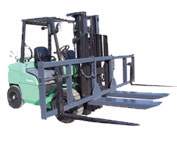
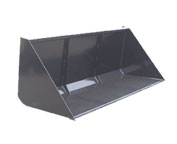
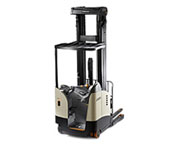
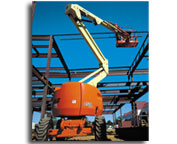
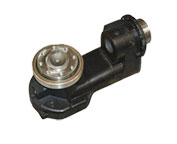
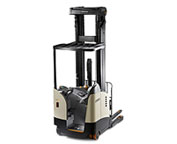
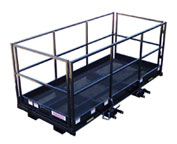
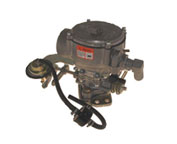
Lift Parts Express
TOLL FREE: 1-888-695-7994
Visalia, California
forkliftpartsvisalia.com
Email Us
About Us


